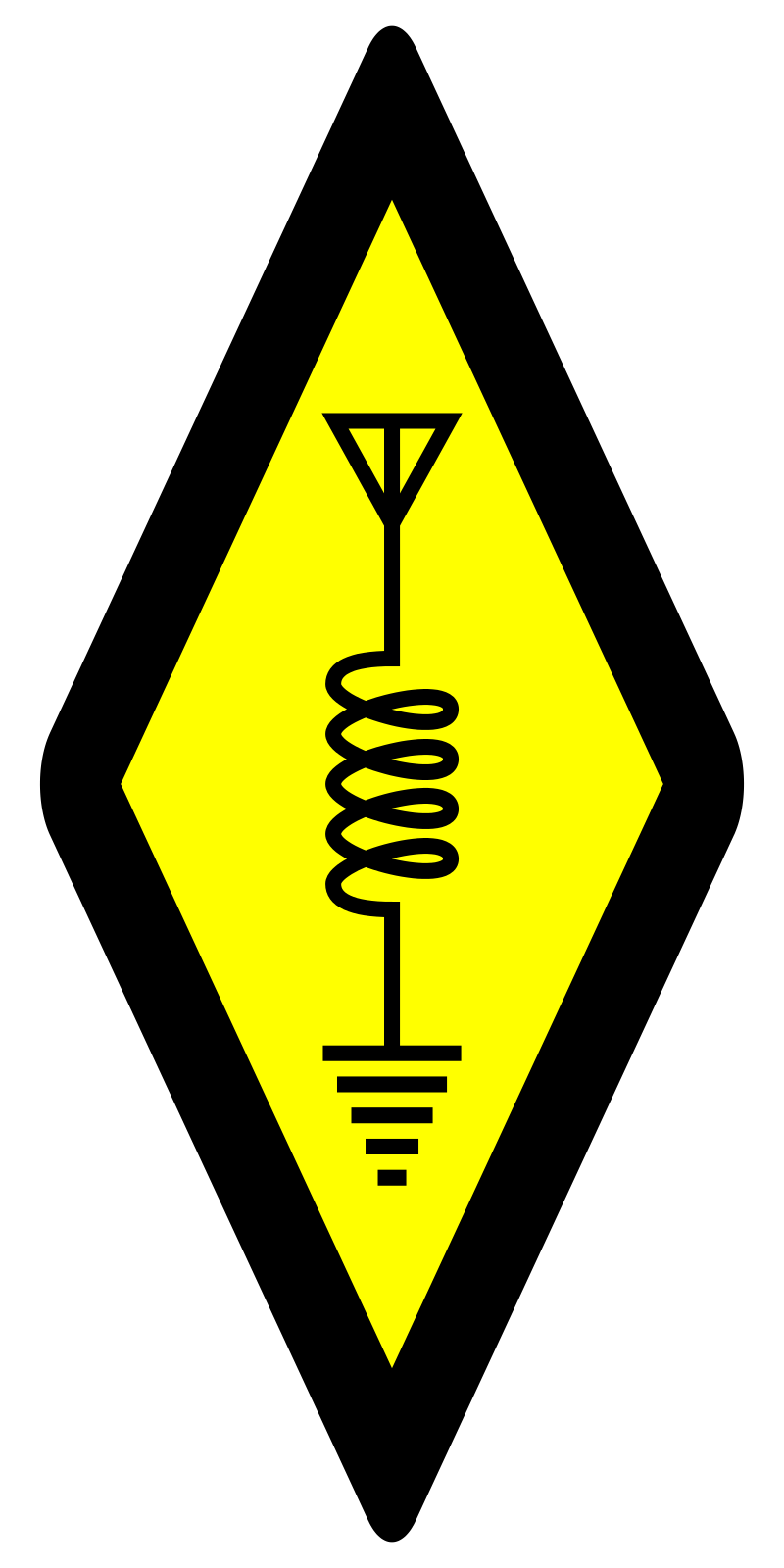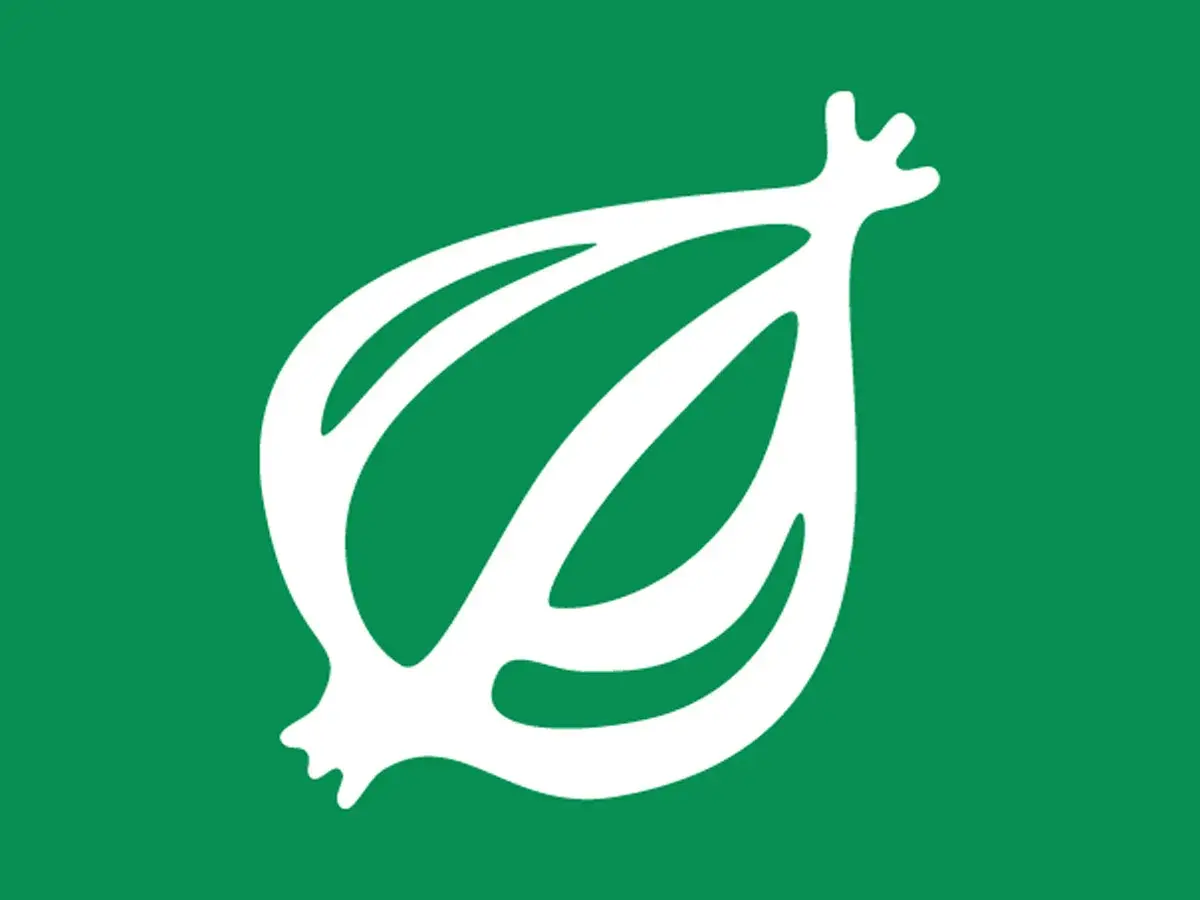

They still don’t have backups on iOS which is a deal-breaker for me.


They still don’t have backups on iOS which is a deal-breaker for me.


How is this not an actual crime? The restaurants had the oil in collection containers to be a collected by someone they had an agreement with, and these people came around and stole it.


Going to a private university certainly isn’t a requirement, and in-state tuition for public universities is much, much lower (but still too high).
That’s exactly what CPI is based on, it’s just that it’s the average of everything someone would generally buy, so things like food and technology that haven’t experienced as much inflation weigh the average down.


Also a bleak winter day is usually mostly whites and blues.
Yeah I’ve opted out every time (a couple times each at three different airports) and haven’t had any issues, the agents I’ve seen knew exactly what to do if someone opts out.
Every airport I’ve gone through that’s doing it has half a dozen signs up as you move through the line telling you that you can opt out by letting them know you want to.
I’ve refused it a few times now and every agent knew exactly what they needed to do.


I have the QRZ-1, but it doesn’t seem to be any better than that baofeng so if you already have that it’s probably not worth it.


Is this satire?


Yes, the first one matches only 2 more characters while the second matches 1 or more. Also the +? is a lazy quantifier so it will consume as little as possible.

When I’ve done mail-in voting the ballot came with a special envelope that was already addressed, had pre-paid postage, and I had to sign it after sealing my ballot inside.


That doesn’t really make sense, even if they’re in the 37% tax bracket if the wrap costs $100 they only save $37 on taxes.


They did say they haven’t learned the ? operator (that’s chapter 9 of the rust book), so this approach might be better for once they get there.


You can use expect on Options and Results to extract the value and panic on Error in the same line (https://doc.rust-lang.org/std/result/enum.Result.html#method.expect).
let html_content = reqwest::blocking::get(&permalink).expect("the request should succeed");
You can also use unwrap if you don’t need a custom message. The ? operator is definitely the most compact way of handling errors, and for good reason because the rust developers want people to use it. Once you learn that the code will become somewhat smaller.


Terrible headline, I assumed the statue was suggesting the people involved are shit. The fact that it’s on a desk makes it very different, this is despicable.


The point is the requirements have been tailored so that they aren’t just buying bibles for schools (already bad), but their only option meeting the requirements will be the Trump one.


They are using nitrogen gas, generated from liquid nitrogen.


This is really useful information, thanks!
I played Balatro with my brother (we put in up on a TV)